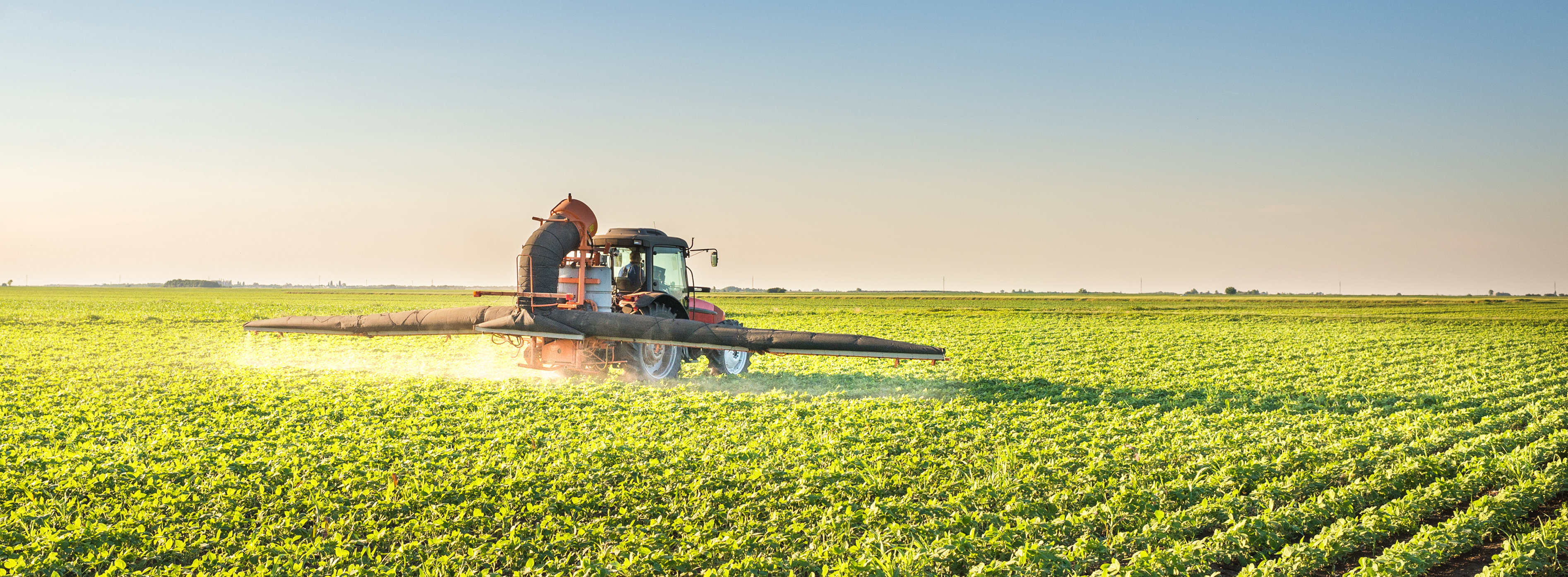 In today’s talking points: Agricultural cooperation with China set to benefit from funding round; China and India drive Australia’s grain exports; First Australian beef cattle sea shipment arrives in China; China buys $1.11 billion worth of Australian wool
In today’s talking points: Agricultural cooperation with China set to benefit from funding round; China and India drive Australia’s grain exports; First Australian beef cattle sea shipment arrives in China; China buys $1.11 billion worth of Australian wool
Agricultural cooperation with China set to benefit from funding round
The Department of Agriculture and Water Resources are looking forward to applications from Australian farm businesses and organizations in order to boost the agricultural trading relationship between Australia and China in 2017. Agricultural trade and investment with China continues to be of vital importance to Australia, and both countries sharing a strong history of working together to exchange skills and information to promote agricultural cooperation between the two nations, said by the Deputy Secretary David Parker. The ACACA programme is based on the foundation China–Australia Free Trade Agreement (ChAFTA), which eliminates tariffs on some key commodities. 2017’s ACACA programme will continue to provide two streams of funding, covering projects and trade missions in priority areas funding.” ACACA has been a key part of Australia’s bilateral trade relationship for more than 30 years.
Read more at Get Farming
China and India drive Australia’s grain exports
According to Emerald Grain chief executive David Johnson, Australia’s record grain exporting run is not solely due to the massive levels of production for the 2016-17 season.China and India were stand out destinations for Australian grain so far, even if the demand of India has calmed down a little now. What’s more, Australian barley was also now going into the Middle East, while traditional markets in south-east Asia were the back up for wheat sellers. He also mentioned that there were still other destinations of exporting, such as Italy where they put together a 38,000 tonne cargo of durum wheat. At this moment there is not much chance of dramatic price movement in the short-term and as long as they remain competitively priced. He recommended that it’s better continue to attract support for exports.
Read more at Farm Weekly
First Australian beef cattle sea shipment arrives in China
The first sea freight shipment of live slaughter cattle sent from Australia to China has arrived at its destination at the Port of Shidao. This shipment of 1200 cattle departed from Portland in Victoria on February 4. According to Deputy Prime Minister and Minister for Agriculture and Water Resources, this first shipment brought the great chance for the development of a market. Under the China-Australia Free Trade Agreement (ChAFTA), the pre-ChAFTA 10 per cent tariff for live cattle exports to China was decreased to just 4 per cent from 1 January 2017. That tariff will be completely eliminated on 1 January 2019, which will further enhance the attractiveness of Australia’s live cattle to Chinese importers. Australia’s live export industry is a real success story and it is known world-wide for high-quality and reliable livestock trade and the cattle are in high demand internationally. Mr. Joyce said the opening a livestock export market to China will help to strengthen farm gate returns across Australia through increased demand for Australian livestock.
Read more at Beef Central
China buys $1.11 billion worth of Australian wool
The value of Australian wool exports into China have hit a record high in the first half of the financial year. From July to December 2016, China bought $1.11b of Australia’s wool, a 19 per cent increase compared to same period in 2015. Wool moving into China increased 13 per cent for the same period, making up 77 per cent of Australian total wool exports. For the first six months of the selling season, China bought 119 million kg, in comparison to 104 million kg for the same period in 2015.National Council of Wool Selling Brokers of Australia executive director Chris Wilcox said that from July to December 2016 Australia sold 156 million kg for $1.47 billion, while in 2002 period this figure was 273 million kg for $1.95 billion. Mr. Wilcox noted that wool production for the 2015-16 season was the lowest in almost 90 years.
Read more at Weekly Times
